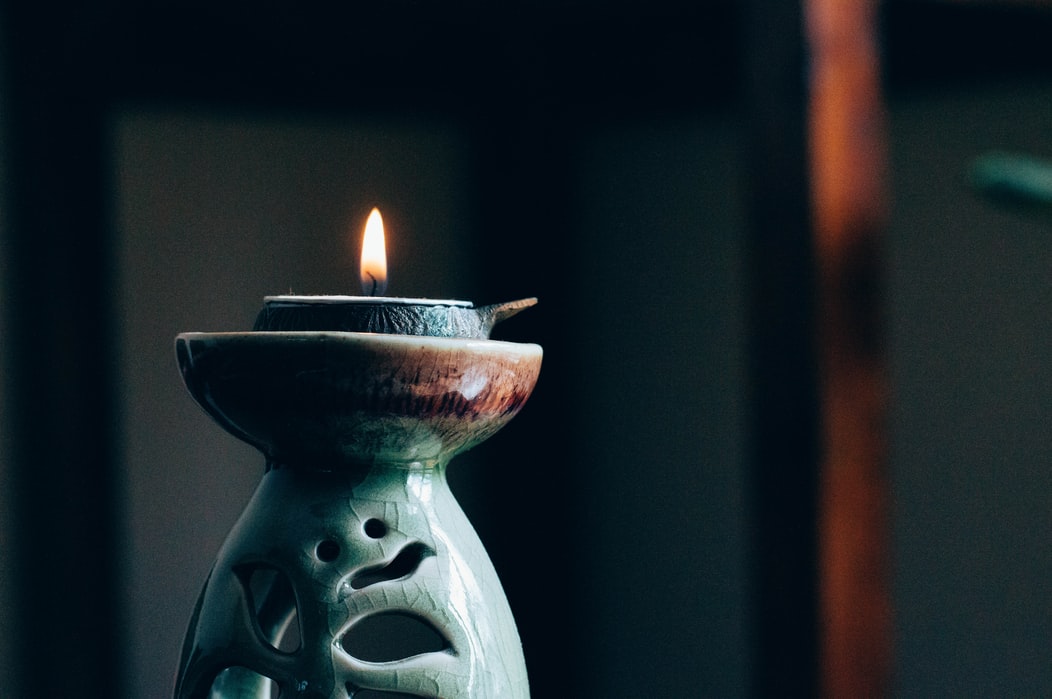Risk assessment of ayahuasca use in a religious context: self-reported risk factors and adverse effects
Authors:
Ícaro Durante, Rafael G. dos Santos, José Carlos Bouso, and Jaime E. Hallak.
Journal:
Brazilian Journal of Psychiatry
Year:
2021
About the study
The aim of this study was to assess the risk profile of ayahuasca use in a religious context. After reviewing the literature to identify important concerns and common adverse effects, the authors developed an instrument that inquired about the frequency of the following effects: anxiety, diaphoresis, diarrhea, disorientation, distress, dizziness, drowsiness, dry mouth, headache, irritability, nausea, restlessness, shivers, tachycardia, tinnitus, tremor, and vomiting.
The collected data were analyzed to test the hypothesis that users with risk factors experience adverse effects more frequently, which could indicate that drug interactions elevate the concentration of monoamines to toxic levels, or have a negative influence on subjacent psychiatric conditions.
This cross-sectional study was conducted with members of UDV centers in the states of Paraná, Rio Grande do Sul, and Santa Catarina, concluding that many factors are implicated in the safety of ayahuasca use, whose adverse effects, despite being frequent, are mostly mild and seem to be well tolerated by users.
Abstract
Objective: Whether for spiritual, recreational, or potential therapeutic use, interest in ayahuasca has grown remarkably. Ayahuasca’s main active substances are N,N-dimethyltryptamine and certain monoamine oxidase inhibitor β-carbolines. Possible drug interactions are a major concern, and research is lacking in this area. The objective of this study was to evaluate the safety of ritual ayahuasca use regarding adverse effects and risk factors.
Methods: In this cross-sectional study, ayahuasca users from a religious institution answered an online questionnaire about its safety. Adverse effects, safety measures, and possible risk factors (psychiatric diagnosis and medications) were investigated.
Results: The most frequent adverse effects among the 614 participants were transient gastrointestinal effects (nausea and vomiting). Fifty participants self-reported a psychiatric diagnosis (depression and anxiety were the most prevalent), and these participants experienced adverse effects more frequently. Psychiatric medication use was reported by 31 participants. No indication of increased adverse effects due to drug-drug interactions was found.
Conclusions: A minority of participants reported being very negatively affected by persistent adverse effects. Psychiatric medication use while participating in ayahuasca rituals was not associated with increased adverse effects. For the most part, the institution’s practices seem sufficient to prevent exacerbated reactions. Future studies may focus on negatively affected users.
Photo by Hans Vivek on Unsplash.
Categories:
Studies & papers
, Ayahuasca
Tags:
ayahuasca
, scientific research
, study
, adverse effects
, risk reduction
, psychedelics
, risks
, hallucinogens
, harm reduction

